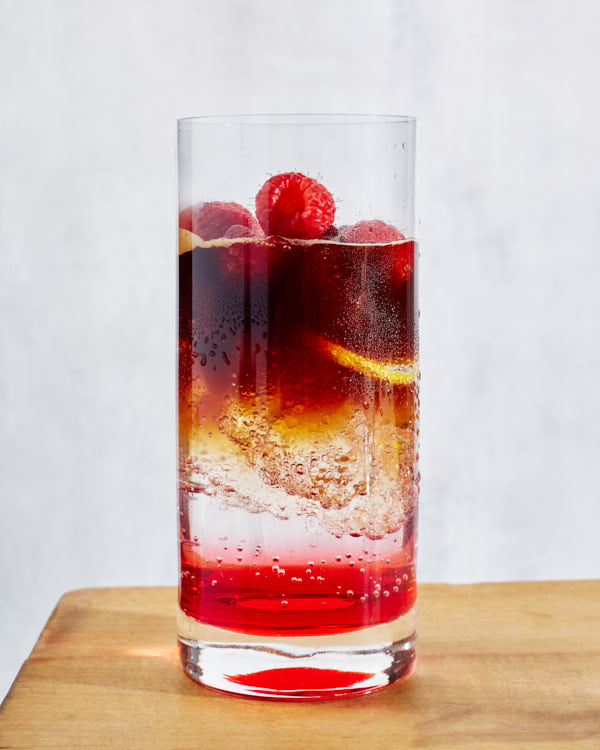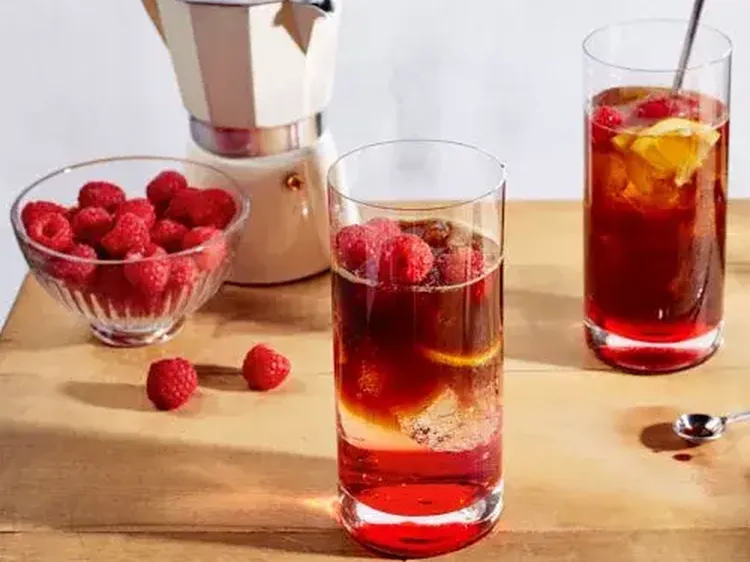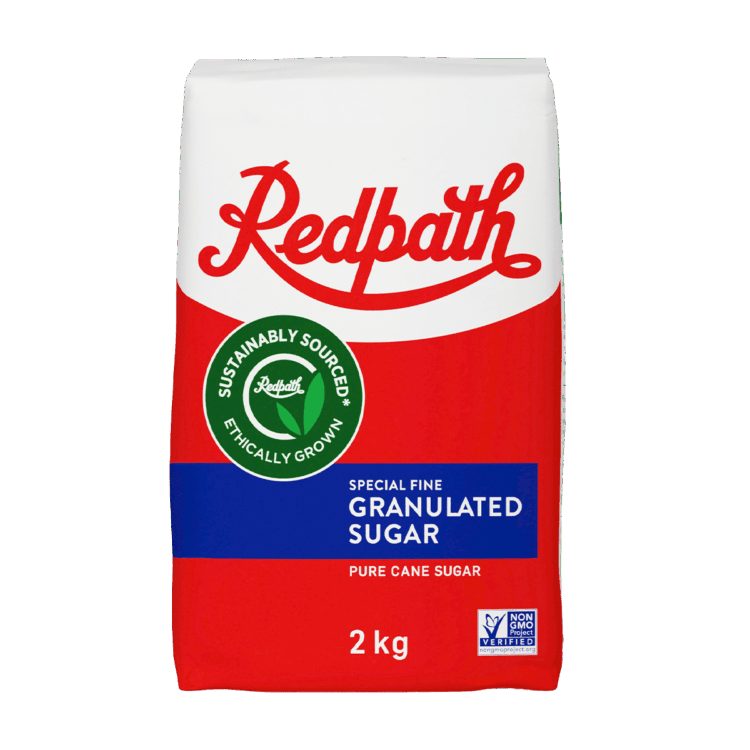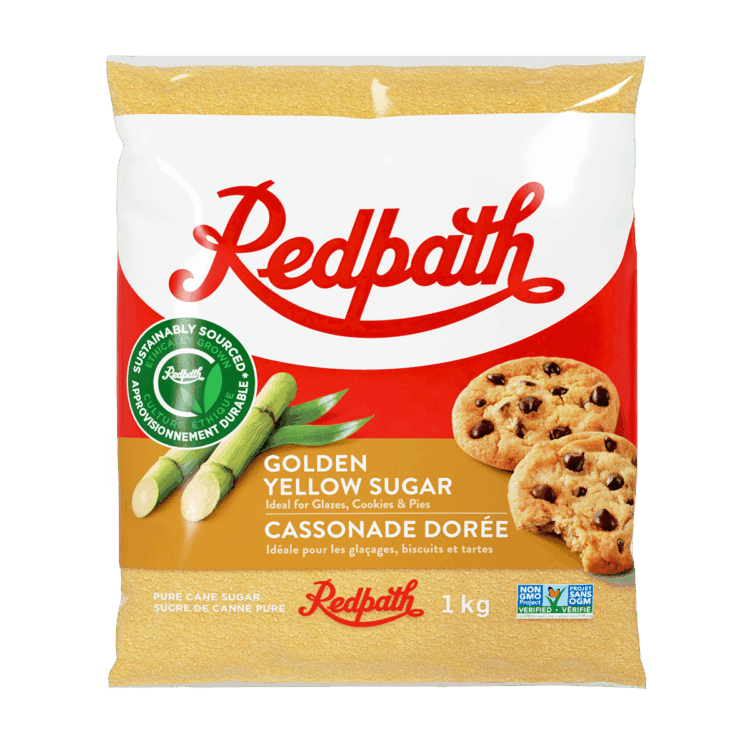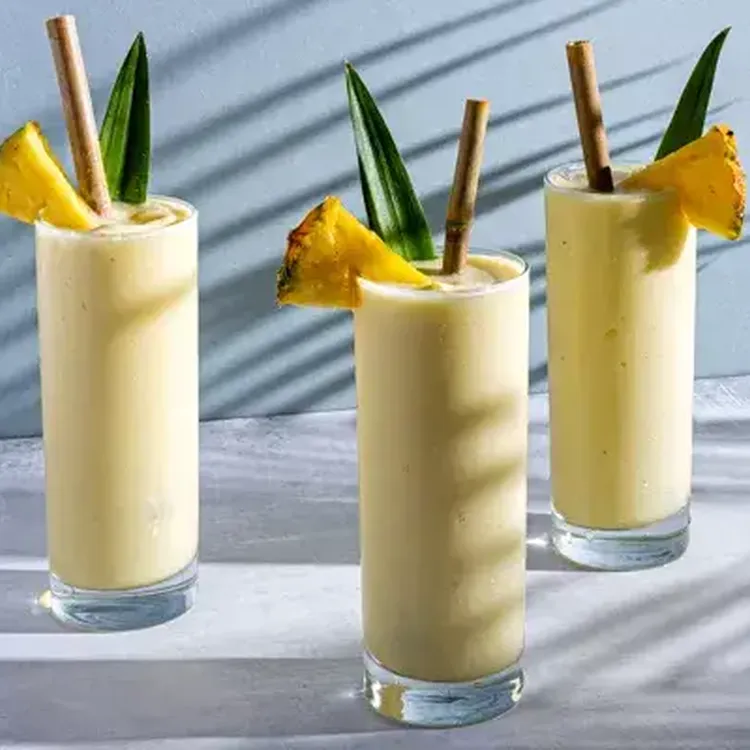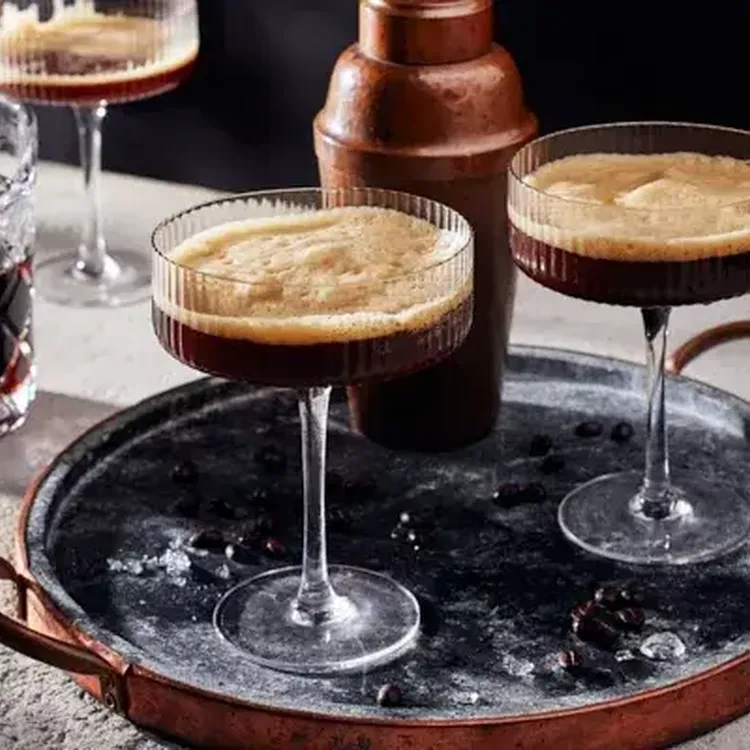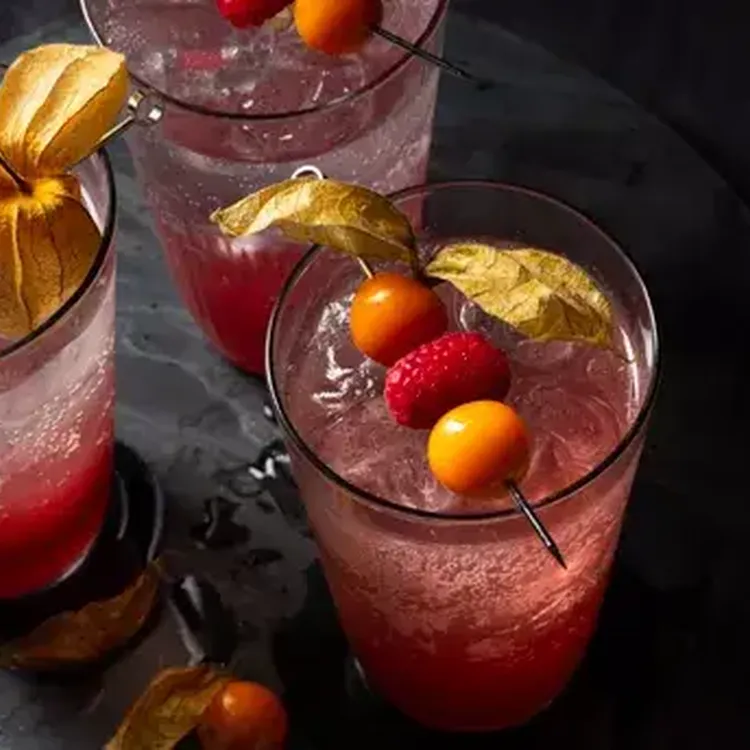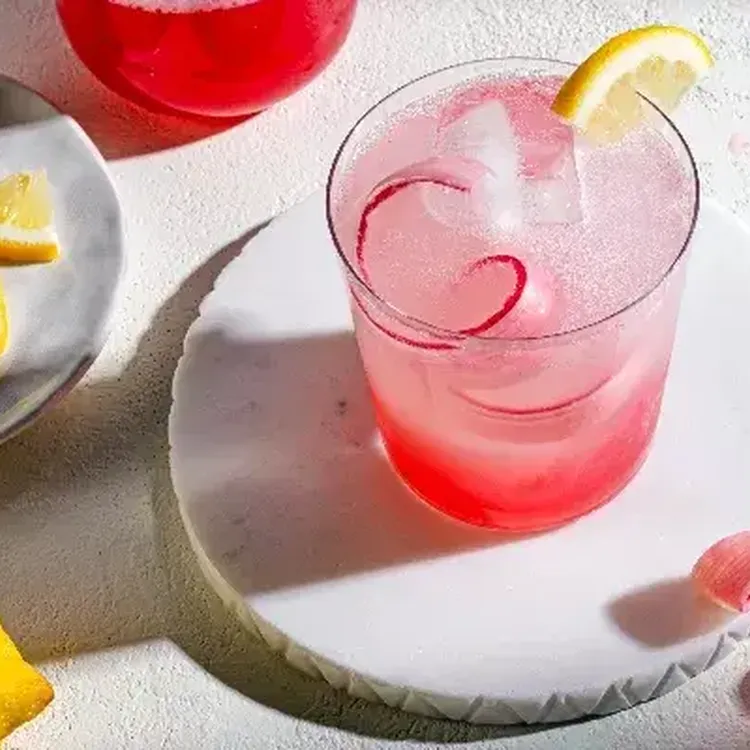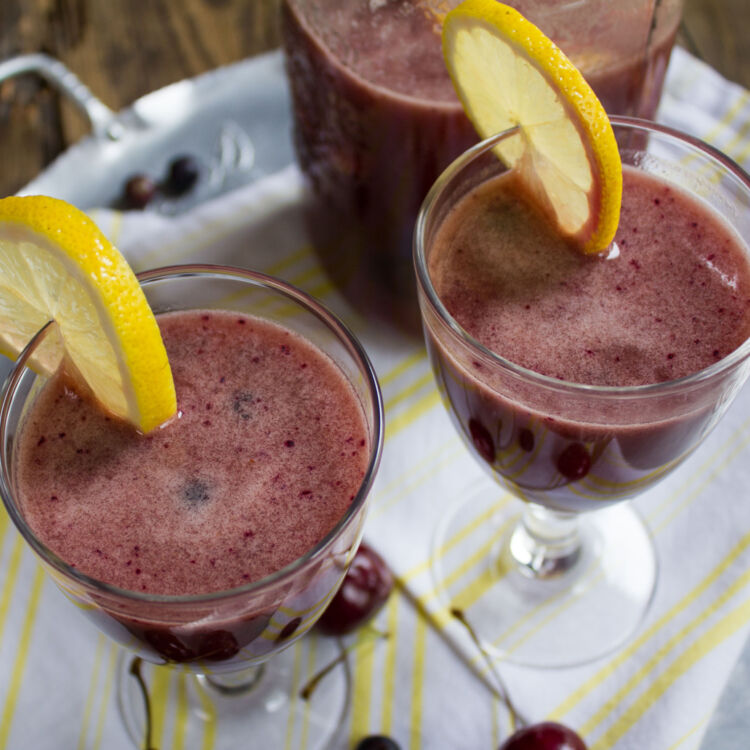Iced Raspberry Espresso Tonic
Back to Recipes & MoreInstructions
Step 1
Add the water to the bottom of a medium-sized heavy-bottomed saucepan. Add in the Redpath® Granulated Sugar and the Redpath® Golden Yellow Sugar. Place saucepan over medium-high heat and bring to a boil, stirring to dissolve the sugars.
Step 2
Carefully add in the raspberries, reduce heat to medium-low and simmer until the raspberries soften and lose their colour; 10 to 15 minutes. With a slotted spoon, skim off any foam that rises to the surface.
Step 3
Remove from heat and allow syrup to infuse and cool slightly; 10 minutes.
Step 4
Carefully strain the raspberry mixture through a fine-mesh sieve into a medium bowl. With a spatula, gently move the berries, allowing as much of the liquid to strain through, though being careful not to press too hard onto the solids as this will create a cloudy-looking syrup. Reserve spent raspberries. (See Chef’s Tips for uses.)
Step 5
Allow the raspberry simple syrup to cool at room temperature, cover, and place in the fridge to chill completely; approximately 1 hour. (See Chef’s Tips.)
Step 1
Pre-chill 4 glasses (see Chef’s Tips).
Step 2
Pull 8 shots of espresso through an espresso machine or a moka pot. Set aside to cool to room temperature so it doesn’t melt the ice. (See Chef’s Tips.)
Step 3
Add 25 ml (1 tablespoon + 2 teaspoons) of the raspberry simple syrup to the bottom of each glass. Fill glasses with ice.
Step 4
Slowly pour ⅔ cup (167 ml) tonic water into each glass, being careful not to disturb the raspberry layer. Carefully pour 2 shots (60 ml) of espresso over the back of a spoon into each glass; this prevents the espresso from completely mixing with the tonic water creating a 3-layered effect.
Step 5
Garnish with frozen or fresh raspberries and/or lemon slices, if desired. Serve immediately. Stir to combine flavours before enjoying.
